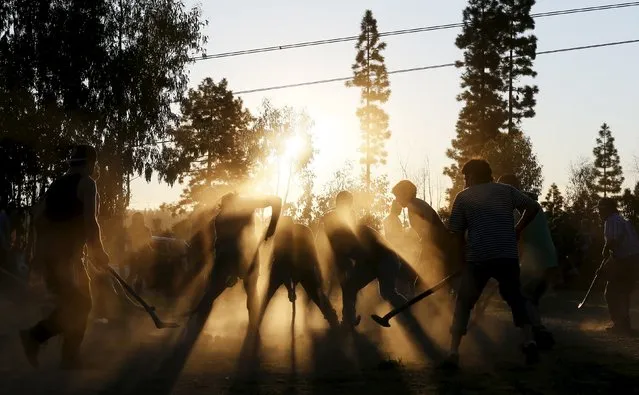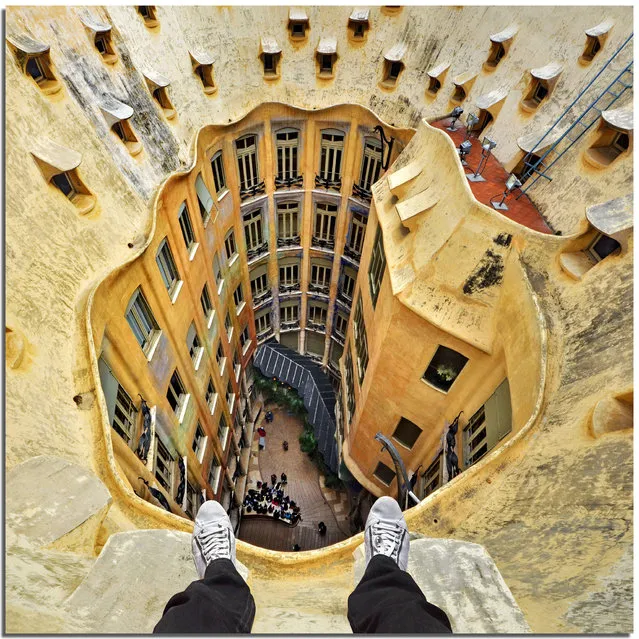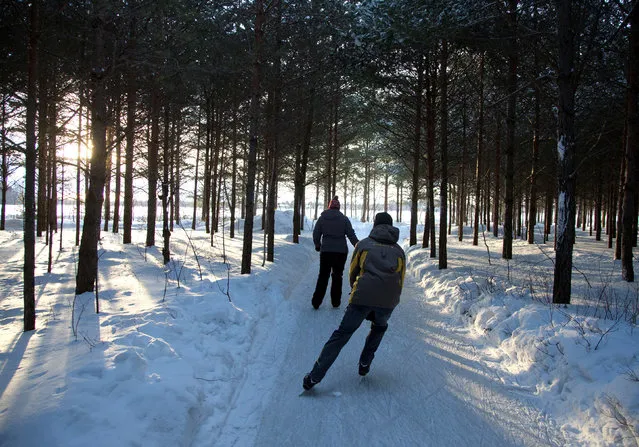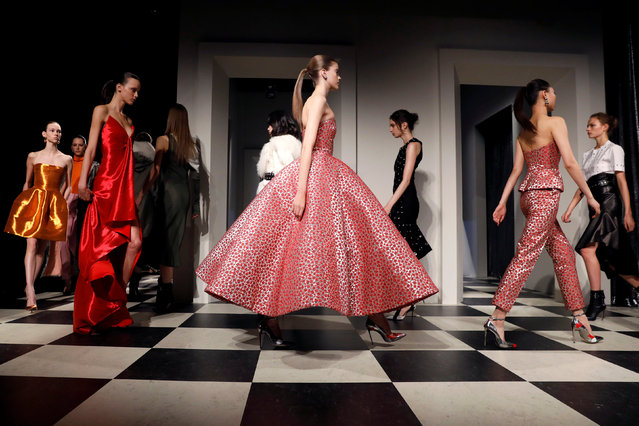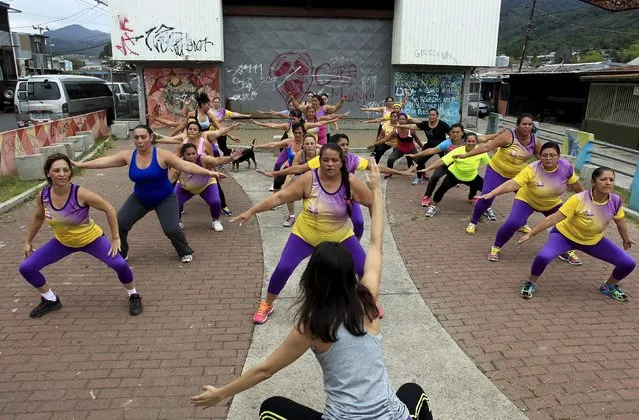
Andrea Abarca, (C) leads an aerobics class in Los Guidos de Desamparados July 23, 2015. More than 300 women participated in a physical health program organized by Abarca, which aims to combat obesity and sedentary behavior in poor women living in a slum. The National Nutrition Survey shows that the Costa Rican population has 62.4 percent of adult men who are obese, while among women the percentage was 77.3, according to local media. (Photo by Juan Carlos Ulate/Reuters)
25 Jul 2015 12:22:00,post received
0 comments


